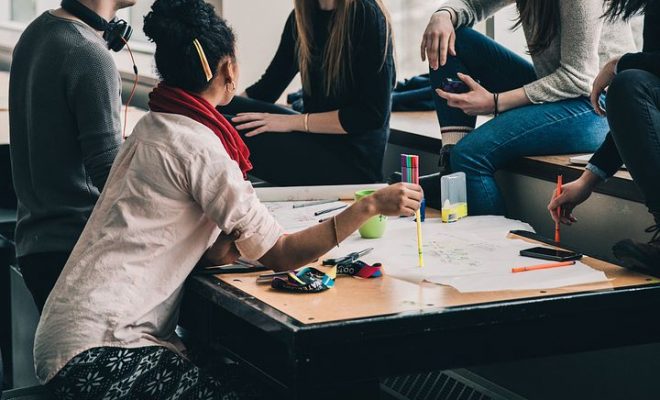5 Skills That Students Are Losing Because of Tech

Technology in the classroom has become not just expected but assumed. Educators and administrators strive to use and/or create the most digitally aligned curriculum available, ranging from e-books in place of print titles to fully interactive learning management systems. The reason, of course, is to provide students with the best possible chance of success in an almost entirely digital world. But what happens when that same technology that is meant to aid in future accomplishments ends up creating obstacles for students instead? And what happens when technology, such as social media and texting, supersedes a student’s desire to engage in skill-building activities? Below are five skills that are often lost or poorly developed as a result of pervasive technology use.
Communication Skills
Writing is a part of nearly every job, however small or large a part it may be. Today, though, one of the most common complaints received from employers is that job candidates cannot write properly. “With Gen X and Gen Y, because everything is shorthand and text, the ability to communicate effectively is challenged,” argues Bram Lowsky, vice president of workforce management firm Right Management. As a result, many college graduates, despite being surrounded by text-based technology, leave universities without the skills to effectively communicate using the written word. The focus, some claim, is often too much on the technology and not enough on writing and communication skills.
Social Skills
Making eye contact, holding a conversation, and maintaining one’s attention span are just as critical as being able to communicate in written form, but these, too, are often lost or diminished as a result of technology’s reign in students’ lives. Picking up on social cues or showing that a person is invested in a present exchange, for example, are characteristics of healthy social awareness. However, students are more often invested in what’s on their social media sites or in their text messages than they are in human to human interaction.
Critical Thinking, Imagination, and Reflection
To think critically means to think about one’s thinking. What must I evaluate and in which context? How do I break a subject down for proper analysis? And finally, how did I come to my conclusion? These are all key steps in solving a problem and/or making a decision. For instructors, administrators, and employers, we know this, but for students who are engrossed in technology, these concepts may be all but lost on them. Why? Technology is often wrought with immediate gratification. Click a button, and your answer appears. No need to evaluate or analyze. No need to think about one’s thinking process.
If, however, one was to engage with the process of problem-solving, it may serve them well to use a little imagination. What, for example, are the potential resolutions to my problem, and how might I reach said resolutions? This type of hypothetical inventiveness and subsequent scrutiny is a skill that can rarely be found inside of a screen, though. Rather, it requires the ability to mentally multitask and often maintain “deep and sustained thought.” This is often fractured by the fast-paced and ever-changing world of technology.
If a problem has been solved, or a decision made, reflecting on the process is also a key step, one that ensures proper routing for future thinking. However, once again, due to the instantaneous nature of much of the technology coveted by students today, decisions and problems are here and gone in a moment. Technology moves on, and so do its users. Thus, learning to reflect on one’s behaviors is a skill rarely developed by many students.
So what can be done to engage these skillsets in our students once again? A conscious effort must be made to not only give them the technological skills they will need to succeed in a digital world but to also fashion these efforts in a way that mimics real-world interactions, that is, with human beings, not screens.





